Now this might be quite a timely – if long – post. We planned to focus on happiness at home for this episode of the podcast several weeks ago (well before all this) but it turns out that this might be just the thing for now. So today on The Great Indoors, Sophie and I talk about her new online colour psychology course, which is about gaining a deeper understanding of the emotional effects of colour in your home, she speaks to Meik Wiking, the CEO of The Happiness Institute in Copenhagen and author of bestselling The Little Book of Hygge and then we review two new interiors books by 2LG Studio and Michelle Ogundehin, which focus on designing a home that makes you happy both aesthetically and mentally and, on a larger scale, how decorating a home that is right for you will make you a much happier person. It’s a chunky episode and as always you can listen and/or read. The listen is about 45 minutes, the read may not be much less but I’ll break it into three parts if you like so you can take your time over it.
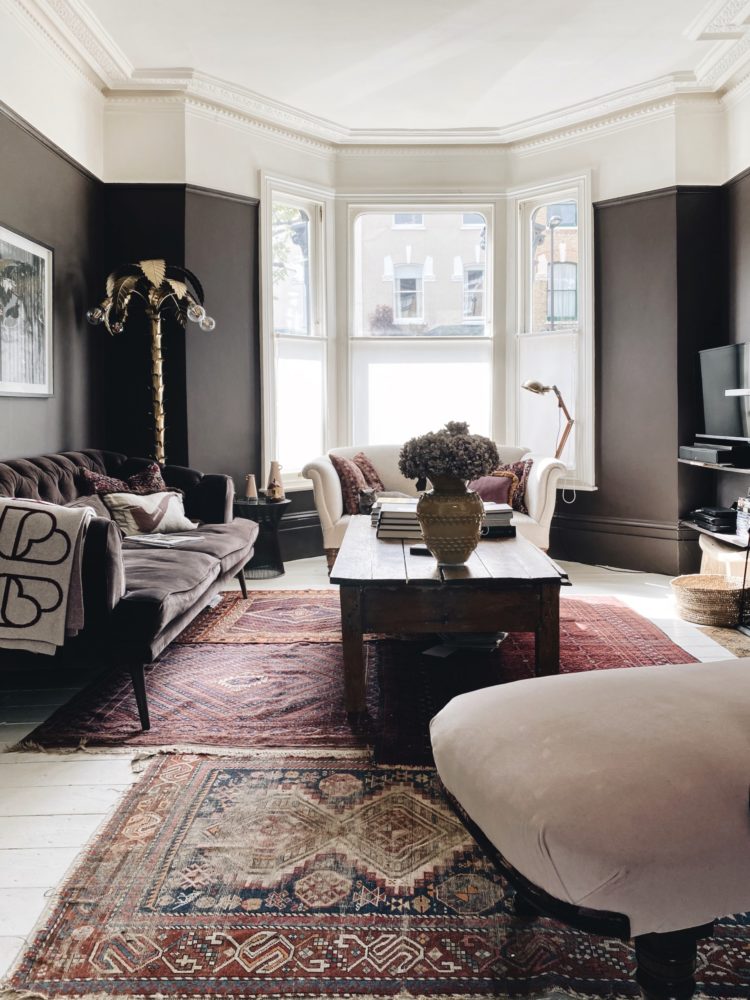
COLOUR PSYCHOLOGY FOR THE HOME
Regular readers will know that I have written about this before having spent a day doing Sophie’s course and I covered it in some detail so you can have have a read there as well.
The idea behind it is that when designing a room it’s about feelings first and colour second. You need to work out what colours you should use, where/which room you should use them and what emotional effects these colours will have on you. The right shade will make you feel the right way for the room you are in. So, Sophie likes a splash of bright yellow in every room – but never on walls – while I feel that daffodils and primroses must remain in the garden, although I’m partial to a dash of ochre. My reaction to that bright yellow is actually visceral; it makes me feel unhappy right to my stomach. And let’s not forget that that bright yellow, in many cultures, is used with black to signify danger.
The theory was invented by Angela Wright, who began exploring how colour affects mood in the 1970s before writing a book some 20 years later, after expanding her theory to discover mathematical correlations between colours in certain groups and the reactions they provoked.
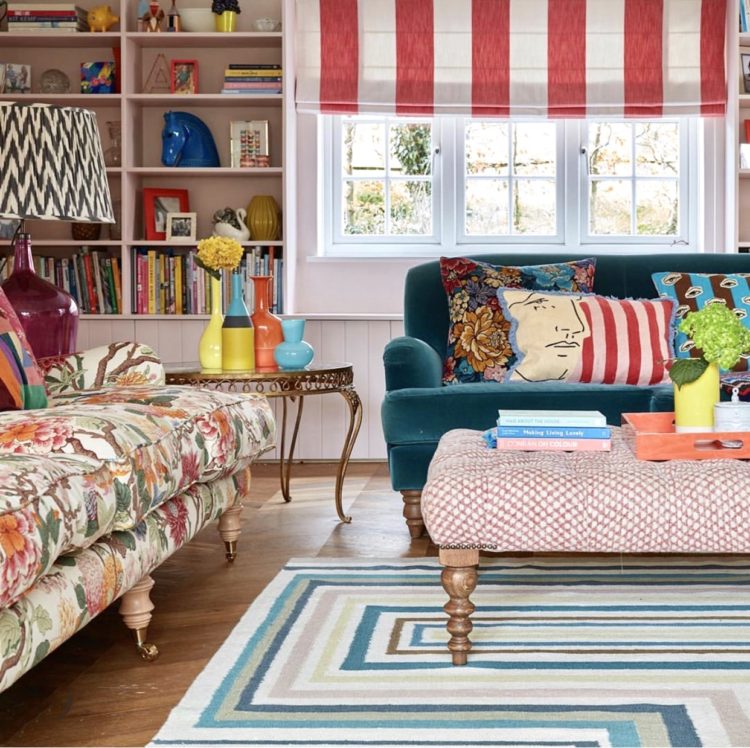
Happily, Sophie has examined the science bit and broken it all down for us. Basically, there are four seasonal personalities and we all fall broadly into one of these but might have a few elements of the others thrown in. The course includes a downloadable quiz that you, and the people you live, with can all do. And, of course, you can adapt the resulting seasonal colour palettes to suit you once you understand what they are. Take the two images above of mine and Sophie’s sitting rooms; both are Autumn palettes but while mine has a dash of Winter hers has a touch of Spring. Once you have identified your season, you will understand which colours and what styles suit you best so that your home will always make you happy.
In short though:
Spring is uplifting and youthful, busy and energetic. The colours are clear and bright and there is a feeling of optimism.
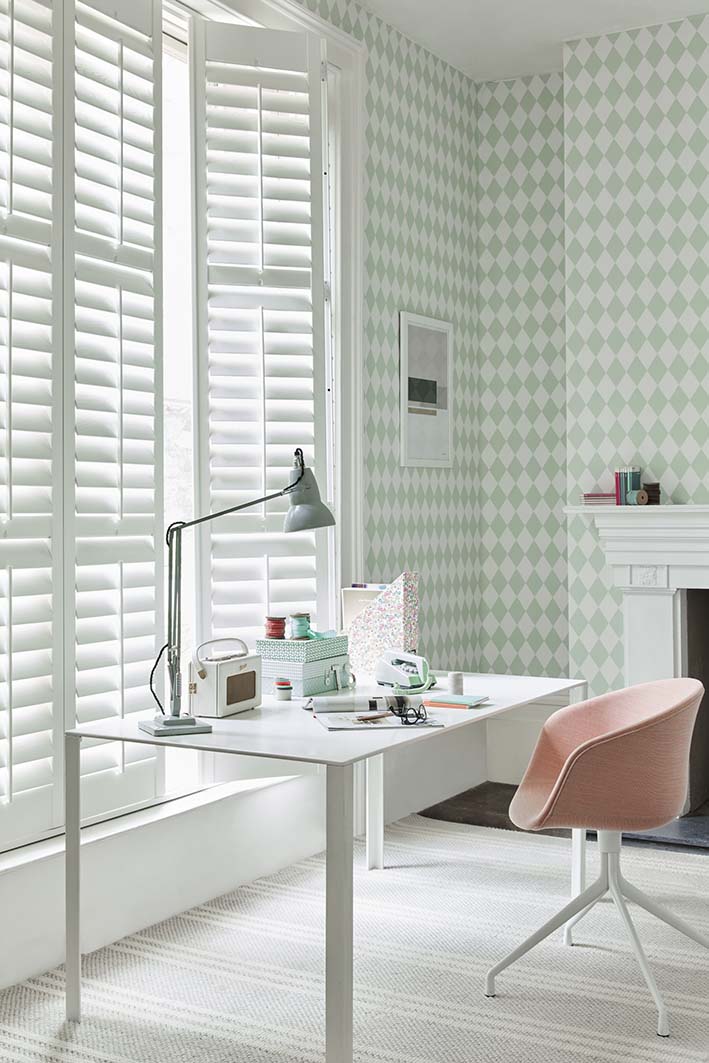
Summer is soft and gentle, the colours start to bleach out a little and have more grey in them. Think classic Provence in the south of France with its soft greens and lavenders and faded yellow houses. It’s relaxing and calm and elegant.
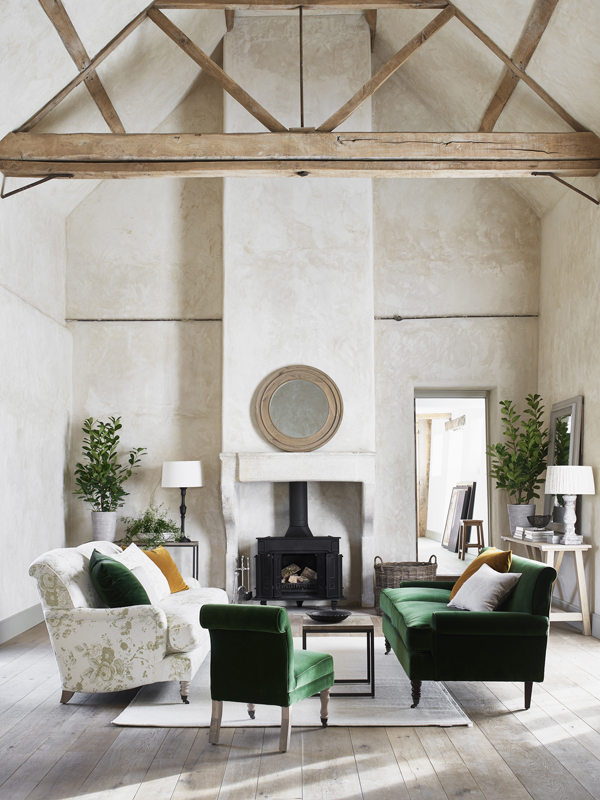
Autumn is a palette of much richer, deeper colours – blackberry and plum and all the earthy tones. It’s vintage with lots of books and layered rugs. Some might call it cluttered, as someone who is clearly Autumn, I call it character and this image below is absolutely my favourite of the four that Sophie chose for me to illustrate this part of the post. It was instinctive even had I not known already which season I fall into. Do you have a gut instinct for one of these?
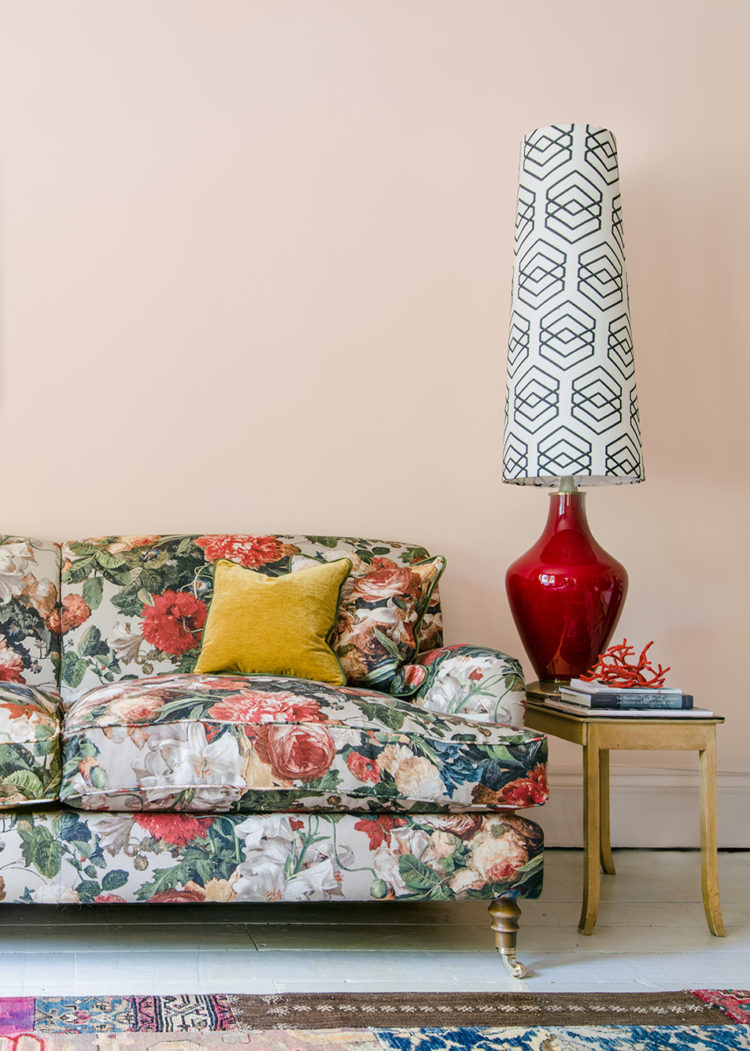
Winter is the season of extremes. The colours are cooler and harder and the style is more architectural – think of the trees with no leaves and the dramatic shapes they reveal. The 80s was a very winter decade with all that marble and stone and minimalism. It’s very penthouse and classic banker chic.
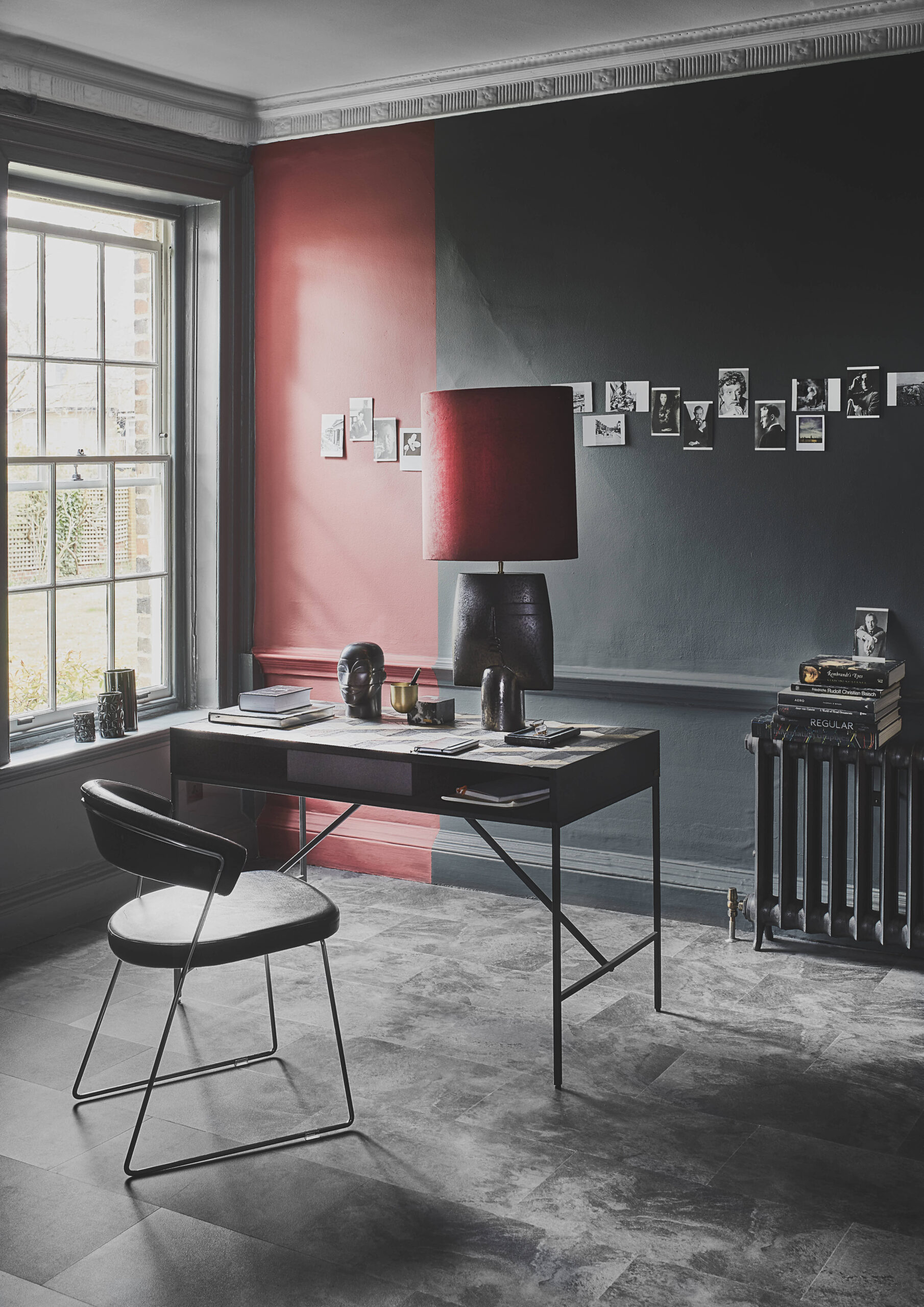
And, before you ask, if you have no money and want to be as rich as a banker, then moving into a flat and decorating in this style will not make you money. It will just make you unhappy and stressed. This is not about manifesting who you would like to be, but working out who you are and that is what will make you happy – which may, in turn, make you money since if you are relaxed and happy you will be better at what you do.
It is, as Sophie says, life-affirming when you get it right. So, as promised, here is a link to her course if you want to take part. It’s full of videos and talks and presentations to help you find out your own colour personality. You have lifetime access so if you buy now you can do it at your leisure and return to different parts again and again as you work through your house.
AN INTERVIEW WITH MEIK WIKING
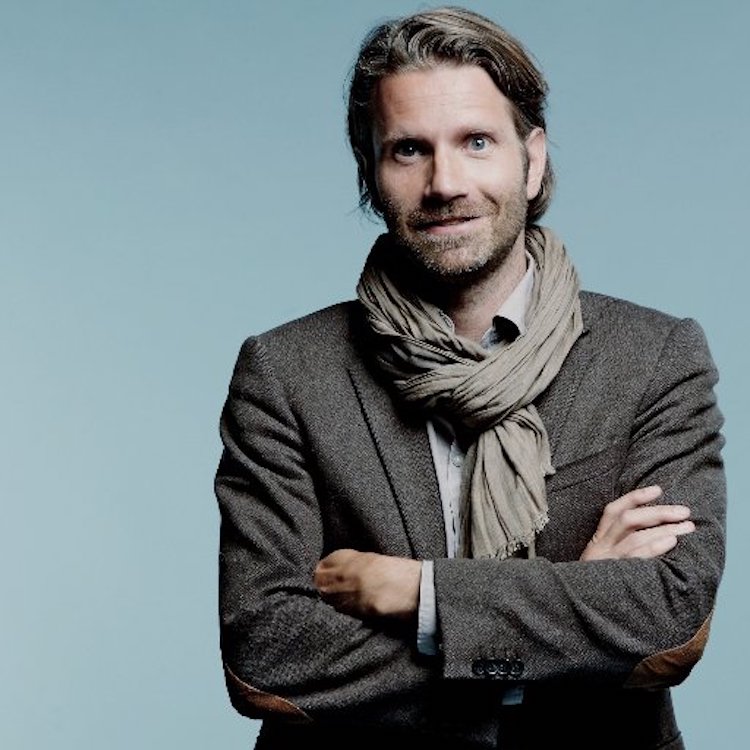
Meik is best known for his smash hit book The Little Book of Hygge but he is also CEO of The Happiness Institute, based in Copenhagen, which sounds like it’s a made up thing, but the Danes are almost always at the top of the personal happiness league. The Insitutute is an independent think tank set up to explore why some societies are happier than others. And you will see, if you visit the home page, that you can take part in a global study into happiness in the age of Coronavirus as well as get 50 per cent off a course on science-based principles for living a happier life.
Due to our current remote recording situation, Sophie interviewed Meik who said: ” I know the institute sounds like a place where we all eat ice cream and play with puppies all day long, but we are trying to look at happiness and quality of life from a scientific perspective. We conduct mathematical studies into how you measure happiness and why some people are happier than others as well as how we can improve our quality of life.
“When we know these things we can understand how to design our cities and our homes and our [government] policies.”
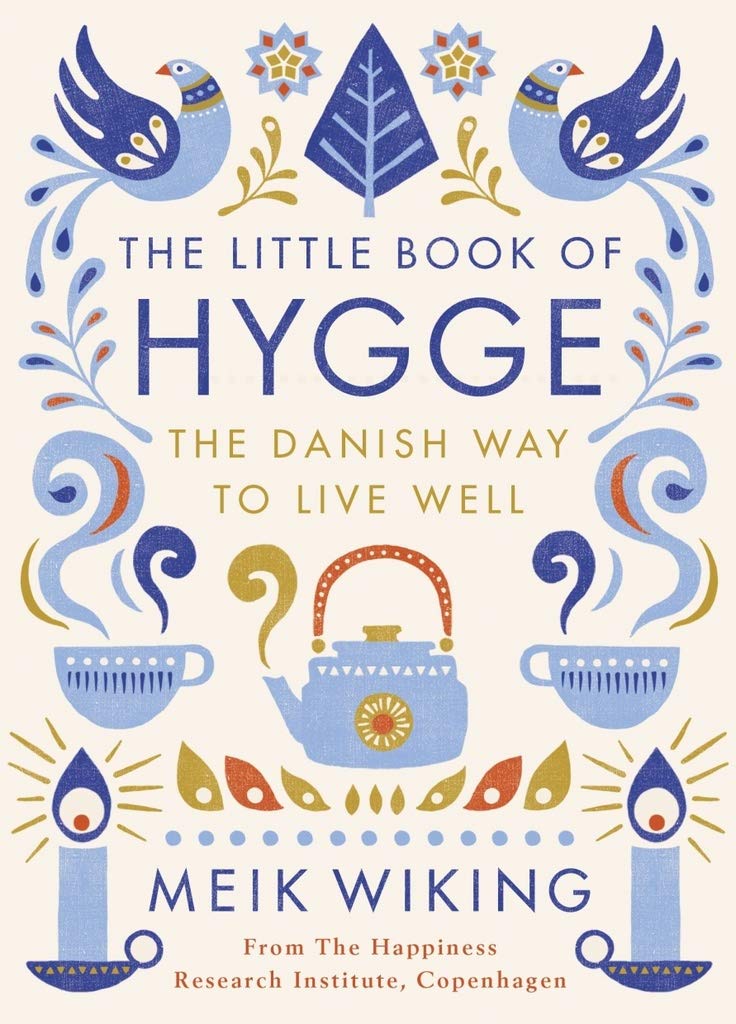
He goes on to say that home design is often overlooked when it comes to happiness but given that it’s where we spend most of our time (obviously even more so now) it can have a huge impact on our behaviour and mood. I also wonder whether, following his newest study, this will have an impact on how houses are designed in the future.
Meik usually travels for about 100 days a year and has noticed how his behaviour and mood will change according to the hotel room he finds himself in. One of the key factors he has found from his research is that, contrary to popular belief, it’s not the size of your home that makes you happy, but the sense of space that you have. Which leads to the importance of getting rid of clutter and unnecessary stuff, something which Michelle addresses at length in her book, coming below.
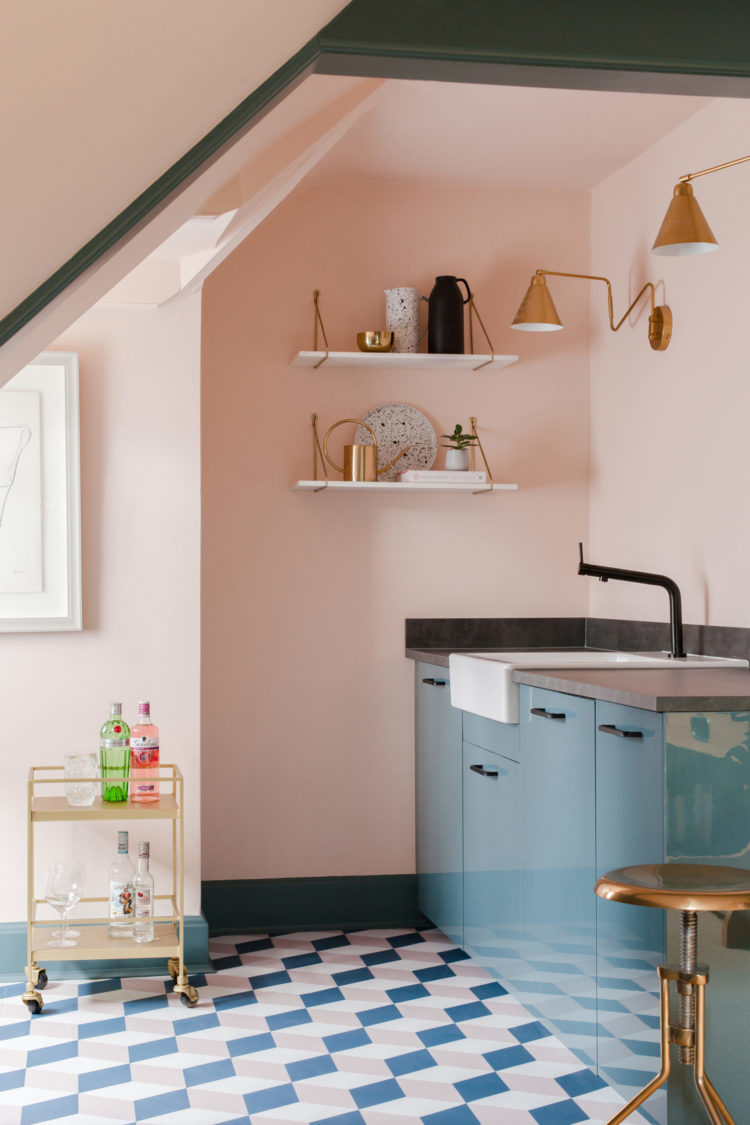
People often spend thousands of pounds adding a few square feet to their homes when they might have been better off looking at how they use the space they already have, for example. Meik also talks about Germany, where renting is common, whereas in the UK there is a long standing sense that renting is less good than owning. Meik puts this down to the old Keeping up with the Jones’s (neighbours) theory. If everyone around you is renting then you don’t feel that you have less than everyone else. If, however, you are the only renter on your street, that might affect your sense of happiness through comparison with everyone else.
It’s also, he theorises, about control. Home owners might have more control over what they can do to their spaces, where as landlords, in the UK at least, tend to be very strict about painting and hanging pictures – anything that gives you a sense of how you can make your space reflect your taste. It used to be the case, in Paris at least where I lived some 30 years ago, that there was much more long term rental and much more freedom to decorate, which would return that sense of control.
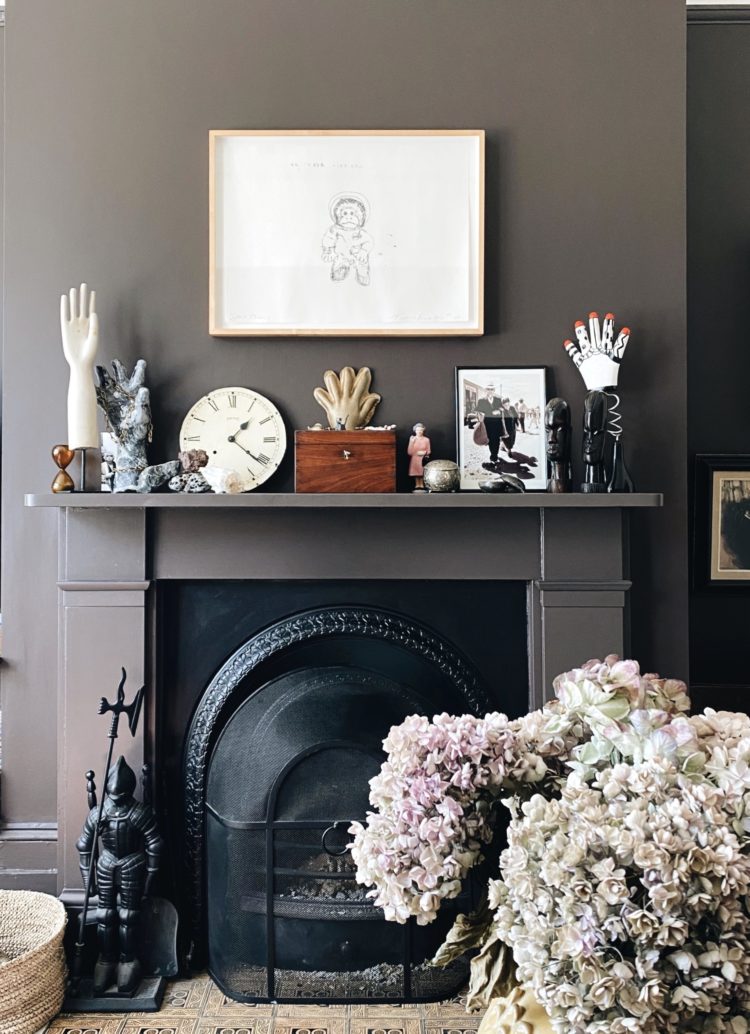
Finally, to return to the the present circumstances, Meik suggests that you surround yourself with pictures and objects that trigger happy memories whether it’s family pictures on your desk or souvenirs brought back from holiday.
“Make your desk lovely so that you want to sit and do that writing and carry out that research. We can nudge ourselves, through our interior design, to become the version of ourselves that we want to become. There is a real connection between design and happiness.
“During this time of being shut down cook good food to improve your mood, read books to explore the world and learn more, use tech to keep your social connections and, wherever possible, visit green spaces.”
BOOK REVIEWS
MAKING LIVING LOVELY by Russell Whitehouse and Jordan Cluroe of 2LG Studio

And talking of making things lovely; Making Living Lovely Free Your Home with Creative Design, to give it its full title, is beautifully designed book full of clear, easy to follow interesting advice and information. The premise of it is about creating a home that “facilitates your life and lifts your spirits…. that is inspired by you and inspires you.
And that, surely, is what all of us are aiming for – whether it’s through our choice of colour or our use of space – to bring in the two subjects we have discussed above. In short, as they rather brilliantly say, “create a home that refuels your human solar panels”.
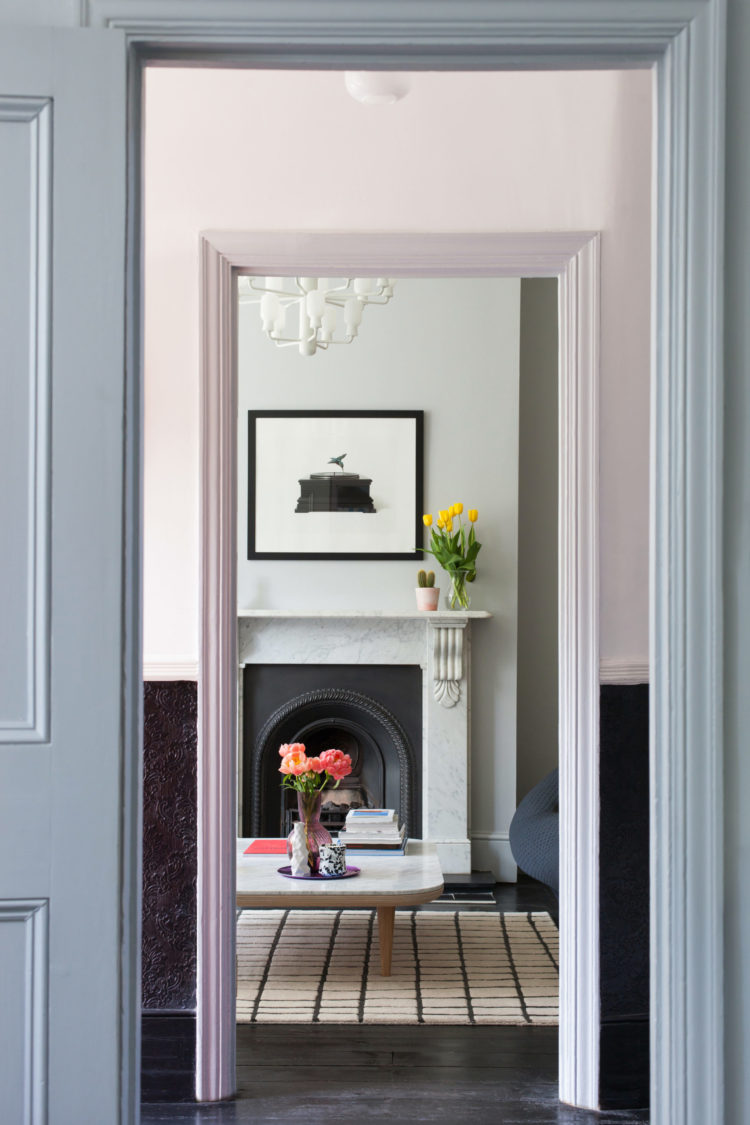
Another, really valid point they address in this age of instagram is the importance of freeing yourself from Interiors FOMO; that inner voice that is desperately trying to create the perfect instagram shot regardless of what the reality is; the sense of I want that. And that. And that as well. And the feeling of; I want that even though I don’t need it. And, most importantly, the idea that you have decorated to please family or impress neighbours.
They cite one example of a woman who called them in for help and revealed that she hated her house. She wanted to live in a submarine, she said miserably. After the initial bafflement, they realised that her house was full of stuff and clutter and what she actually craved was a minimal look with everything in its place – like a submarine.
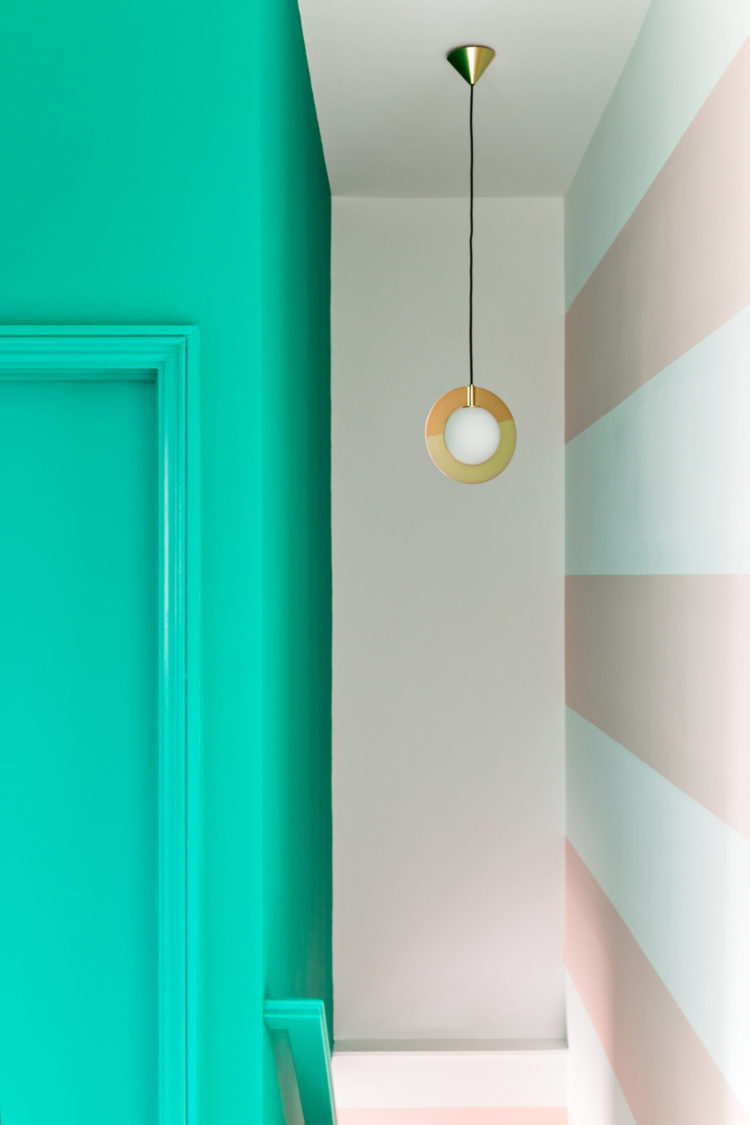
The book has lovely pictures, as you see above and below, which are examples of their work but it also has illustrations and “roadmaps” for you to find your way around. In essence, when designing a room you need to make a list of three colours, three materials, three feelings and three functions for that room. Then give it a title.
There are also a couple of great cheat sheets on architectural styles and interior design styles which was both interesting and useful and, of course, lots of images of their work as well as interviews with featured designers including Kelly Wearstler.
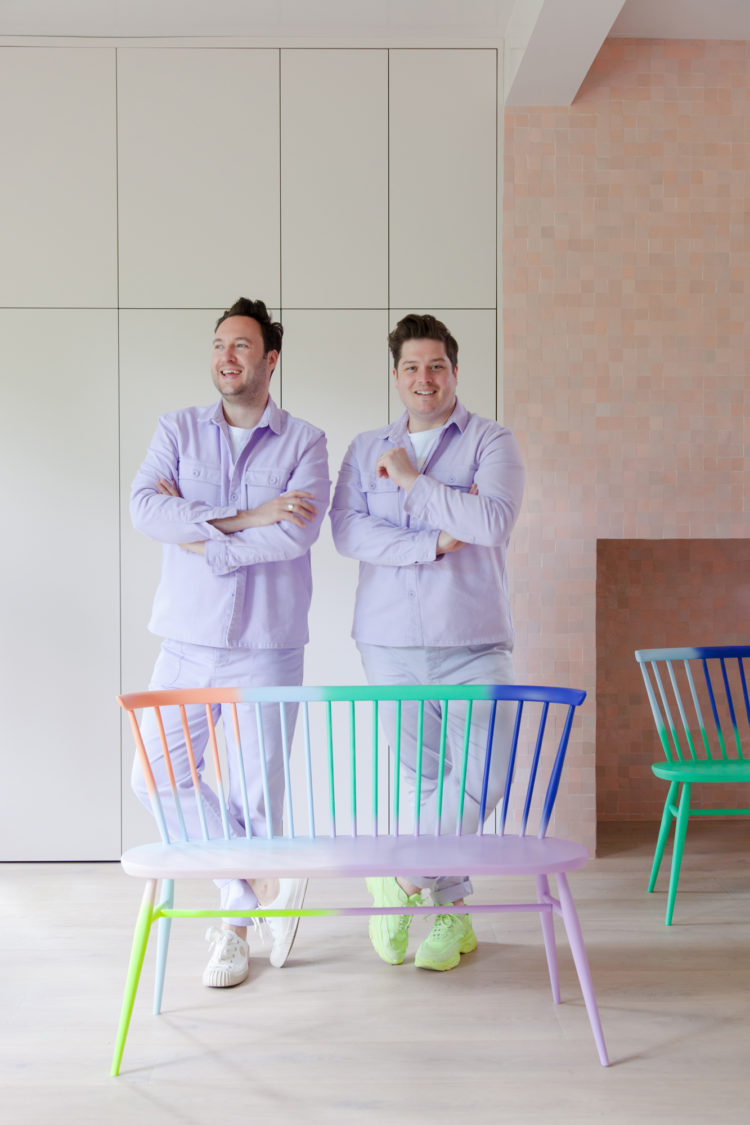
BOOK REVIEW II
HAPPY INSIDE: How to harness the power of home for health and happiness by Michelle Ogundehin
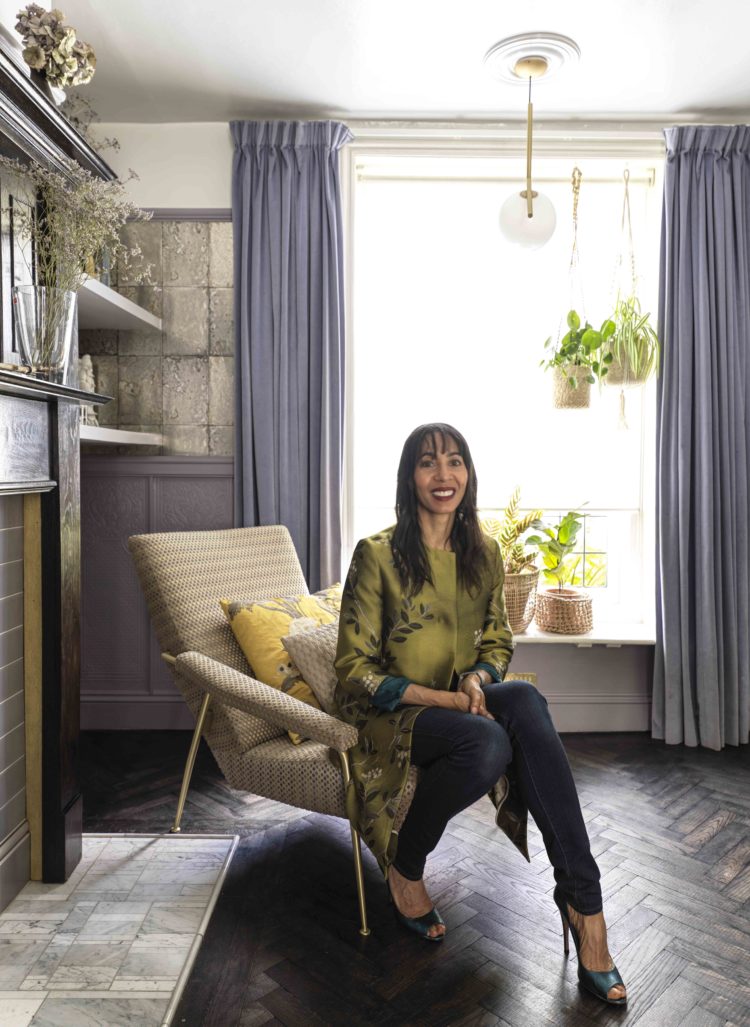
And on to this book. I remember chatting to Michelle when she was writing it and her telling me she had just finished rewatching Fight Club as there was a particular scene she needed to reference. I was baffled. What could Fight Club possibly have to do with interior design I wondered, while nodding sagely and pretending I knew exactly what link she would be drawing between the two. And it turns out that isn’t the only unusual reference that is pulled into this encyclopaedic, yet incredibly readable, tome. By page 31 we’ve had Warren Buffett, Winnie the Pooh and Socrates. And then there’s the inventory.
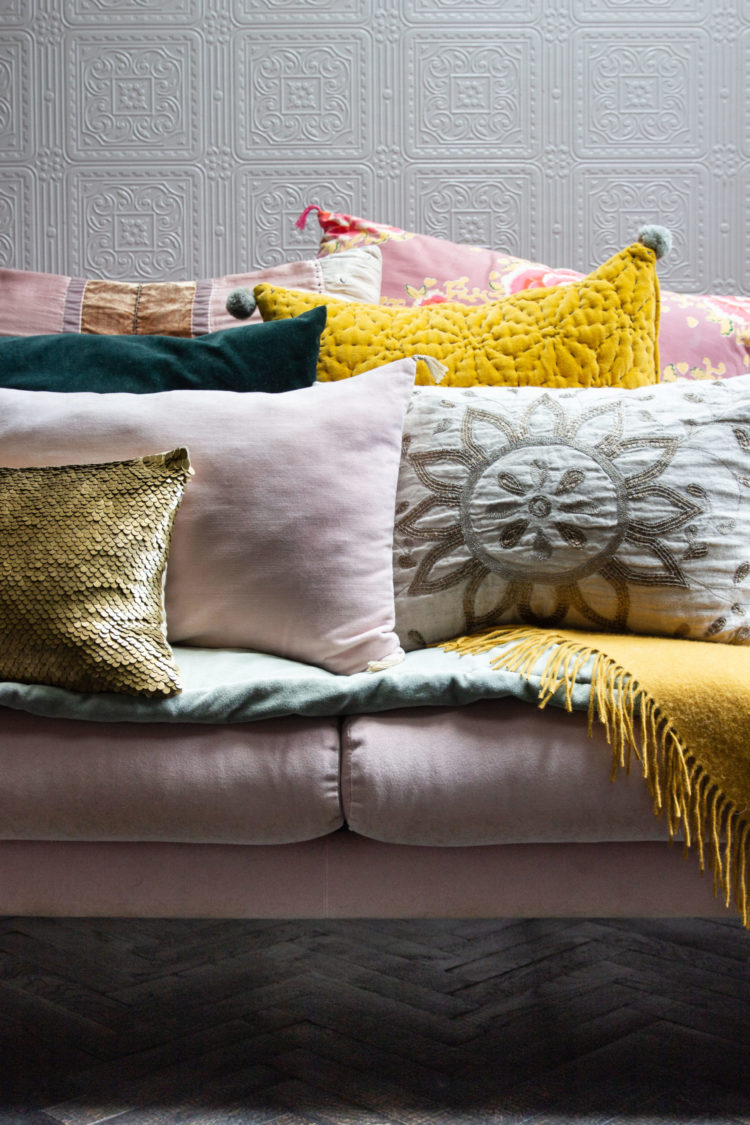
Before I get into that, I must just say that I think this is a really important book. It’s packed with knowledge and insight, as you would expect from a trained architect and the woman who edited Elle Decoration for 13 years, but it’s also a really holistic approach to interior design that takes in everything from how to design your home to how to sleep well and get rid of toxins in your house.
I had to read it on a pdf as the virus has somewhat interrupted postal services, but if you have it in book form I’m certain you will be flicking to and fro and reading and re-reading certain parts. It’s not a sit down and read cover to cover in one sitting as it’s too dense for that. I read it over several days as I wanted to absorb all the information within.
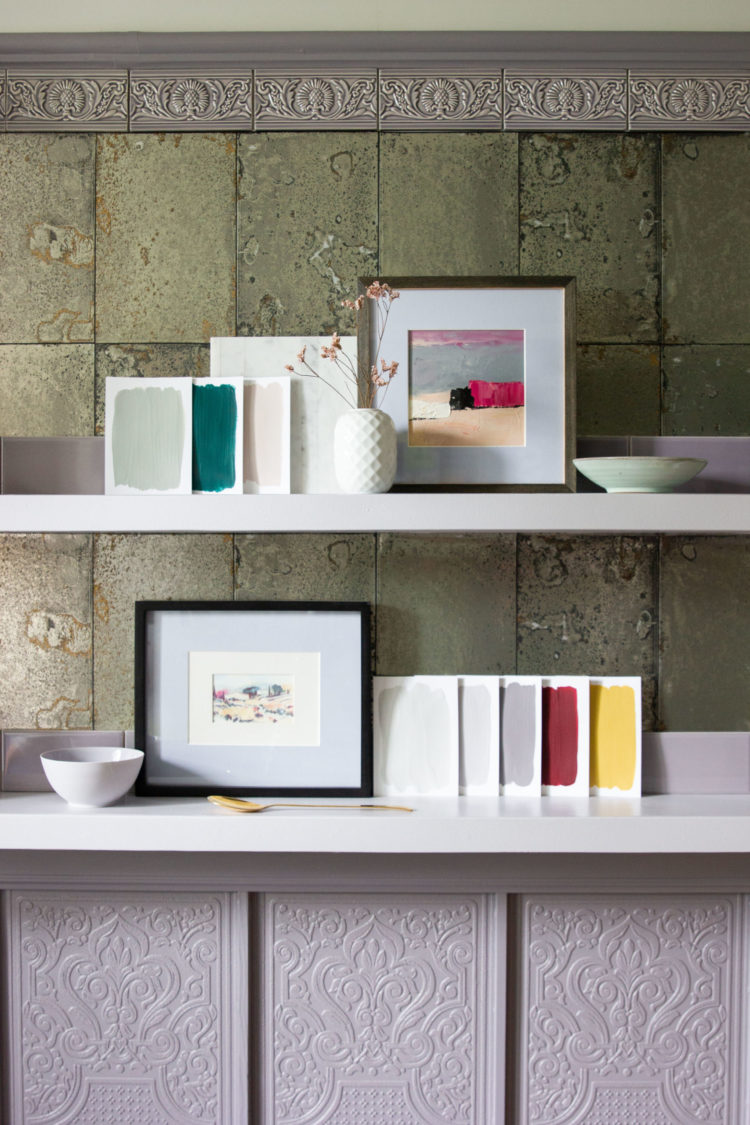
But back to that inventory. Michelle wants you to make a list of everything you own. And yes, she admits that that might well run to 300,000 items and yes, she concedes, you will very likely lose the will to live while doing it but you must. Because you will, during that process, work out what is stuff and what is things. And “things” it turns out are very important to creating a happy home. “Stuff” is the opposite. Make that list, make that distinction and get rid of three of your four pairs of salad servers.
Because, she also has no truck with saving stuff for best. What does it say about your self-esteem if, in your own home, even you are not good enough to use the good stuff every day?
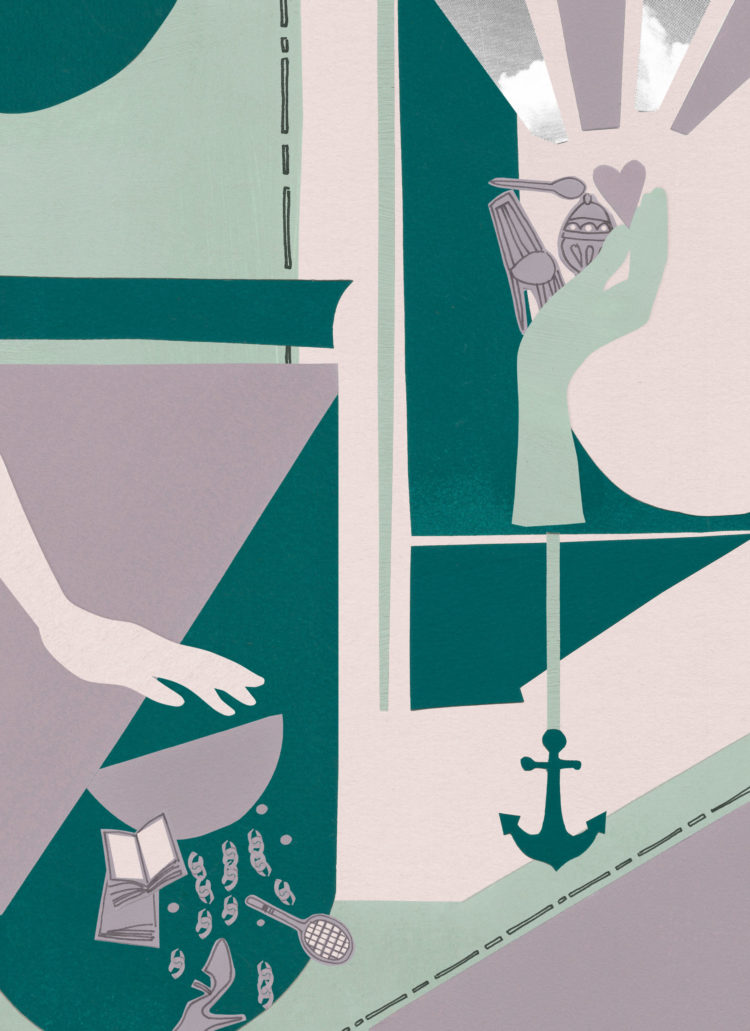
So she takes the tropes we know – it’s not about having the perfect instagram home, or buying dozens of pretty baskets to store stuff, but about working out which things tell your story and how you want to curate your corner of the world for your own wellbeing – and backs them up with well reasoned, persuasive, often scientific arguments. And even Sophie, who reckons her inventory would run to 600,000 items and who is a self-confessed “flicker not a reader” is drawn in.
Michelle then takes you through the main rooms of the house (there are four zones) and with questionnaires and lists to help you work out your perfect palette. This is detailed and will either give you a perfect roadmap or make you feel that you aren’t quite ready for this level of detail (although it still makes fascinating reading). In short each room has 28 notes – six colours of which one must be white, two accent colours, two metallics, two woods, three signature finishes (eg marble or gloss) two humble textures (such as rattan or sisal) six fabric textures, two stones and three tiles. And before you panic, if you actually were to itemise all these things in one room you might have most of them already and this is for a whole house.
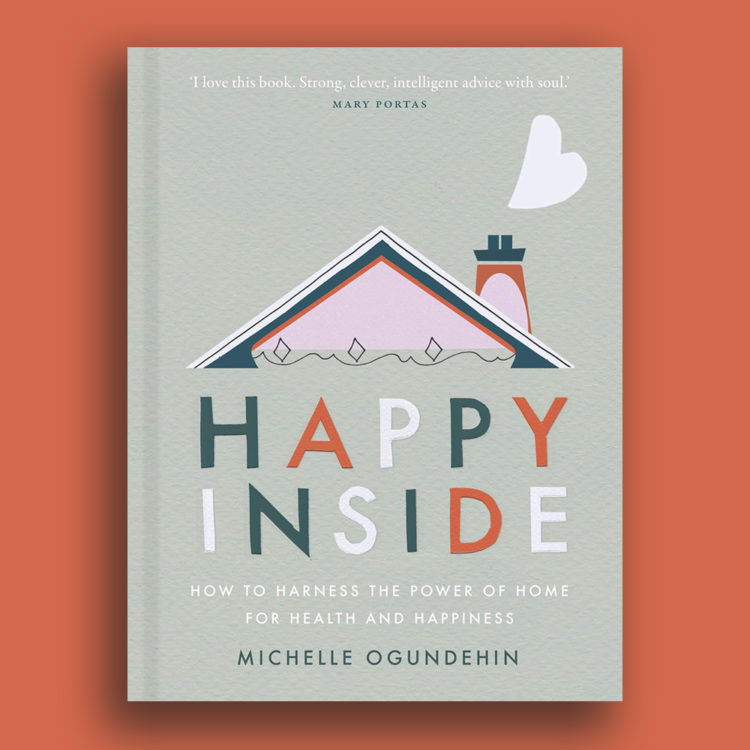
This is just a snapshot but another key point is that she urges you to consider the purpose of each room. Too often, for example the sitting room can become aimless as its purpose can change from person to person and house to house so it ends up being the room where we mindlessly eat, watch and scroll through our phones. If it’s about properly relaxing in there then buy the biggest sofa you can fit in the space and “let it hug you”.
And that is quite possibly the soundest piece of advice I have heard over the last three weeks.
WE are delighted to welcome our new sponsors on board: Geberit. For over 150 years, Geberit has been creating luxurious bathrooms that combines elegant aesthetic and modern design with industry-leading technology.
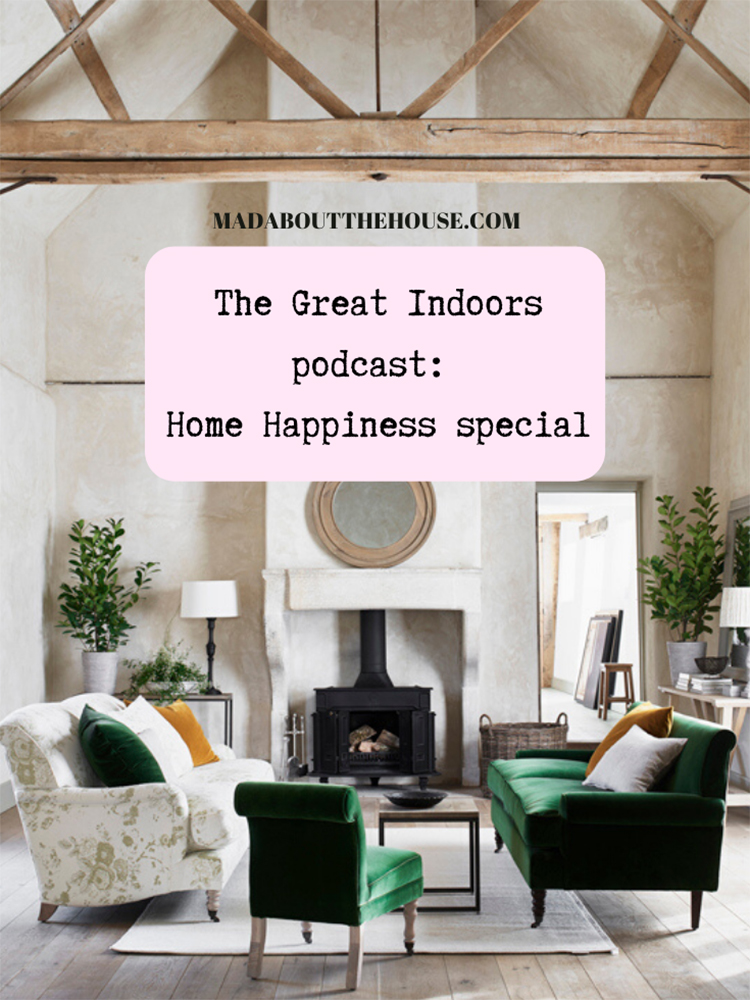

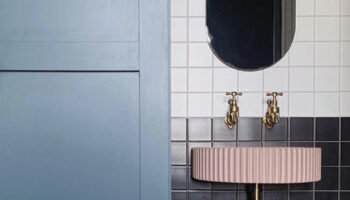
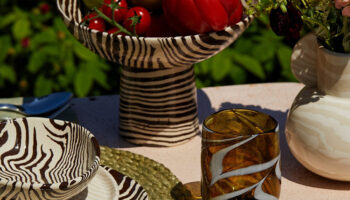
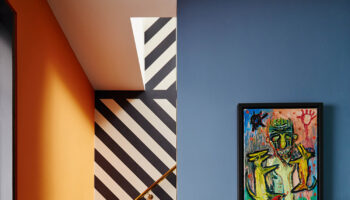
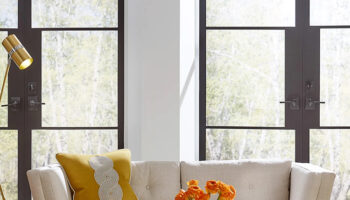
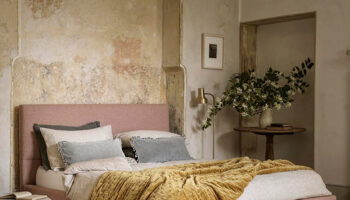
Your article is great and rewarding. I like it very much. I hope to read more posts from you.
Very true about Germany – when I lived there I was amazed that home ownership was not such a big deal. Tenancy agreements are much longer and the flats come unfurnished (and often uncarpeted), so tenants have more options to decorate. Although I would not recommend the glittery wallpapers as seen in one flat… very Buck Rogers!
Genius, Kate, as ever.
You are such a tonic!
Colour is such an interesting topic. Just wondering, though – the seasonal colours that suits my skin tone are Autumn (ie all shades of sludge!). Does that mean the colours I should choose for my home are Autumn too?
I was wondering that too! Will my dress season match my home season? Perhaps not if it’s more about how the colours make us feel.
Autumn: some fantastic colours in that palette; burnt orange, mustard, wine, rich dark greens. I got spring and the colours are often too bright for my liking. (I think I’m a closet Autumn!)
Sophie does explain it all on her course. I’m not an expert but I would imagine there will be links between dress and home – there certainly are in my case. But I also know there are a lot of colours in each season so it might be that they are all from the same family but you wear some and live in the others.
That sounds lovely. I cannot wait to listen to the new podcast.
I read a book about the psychology of colour and it was so interesting. The one I read wasn’t focused on interiors, though, but there was a test to know what your seasonal colour is. Apparently I am a summer person (which surprised me-, but if I remember correctly that was a very close call with autumn (this one I expected).
Anyway, I have also added both books to my wishlist. Michelle’s sounds really inspiring, and I love Russell and Jordan’s work – very colourful and fun.
Have a good day, and stay safe.
Renaud
http://blogbyrenaud.wordpress.com
Thank you for a such an interesting and informative article. I shall read more about Angela Wright as the subject of reaction to colour is a fascinating one. What you say about your reaction to yellow is the one that I have to green! When you wrote the other day that you have no blue in your house, I was going to write to say I HAVE NO GREEN! But I’m all about the blues (think Mark D Sikes but without the generous budget!), from dark to light and I love the softness of the Scandinavian look. So although your use of colours and of style is not mine, I love reading your blog and, no matter our differences, I always enjoy your writing and find I learn a great deal – this morning being a case in point. I am no writer (an ex-nurse, thank goodness I’m not working now – I’m too old, anyway! Although my husband, way past retirement age is STILL a hospital doctor. But that’s another story …) and just writing this post makes me realise what a great deal of thought you put into your articles. I appreciate them all!